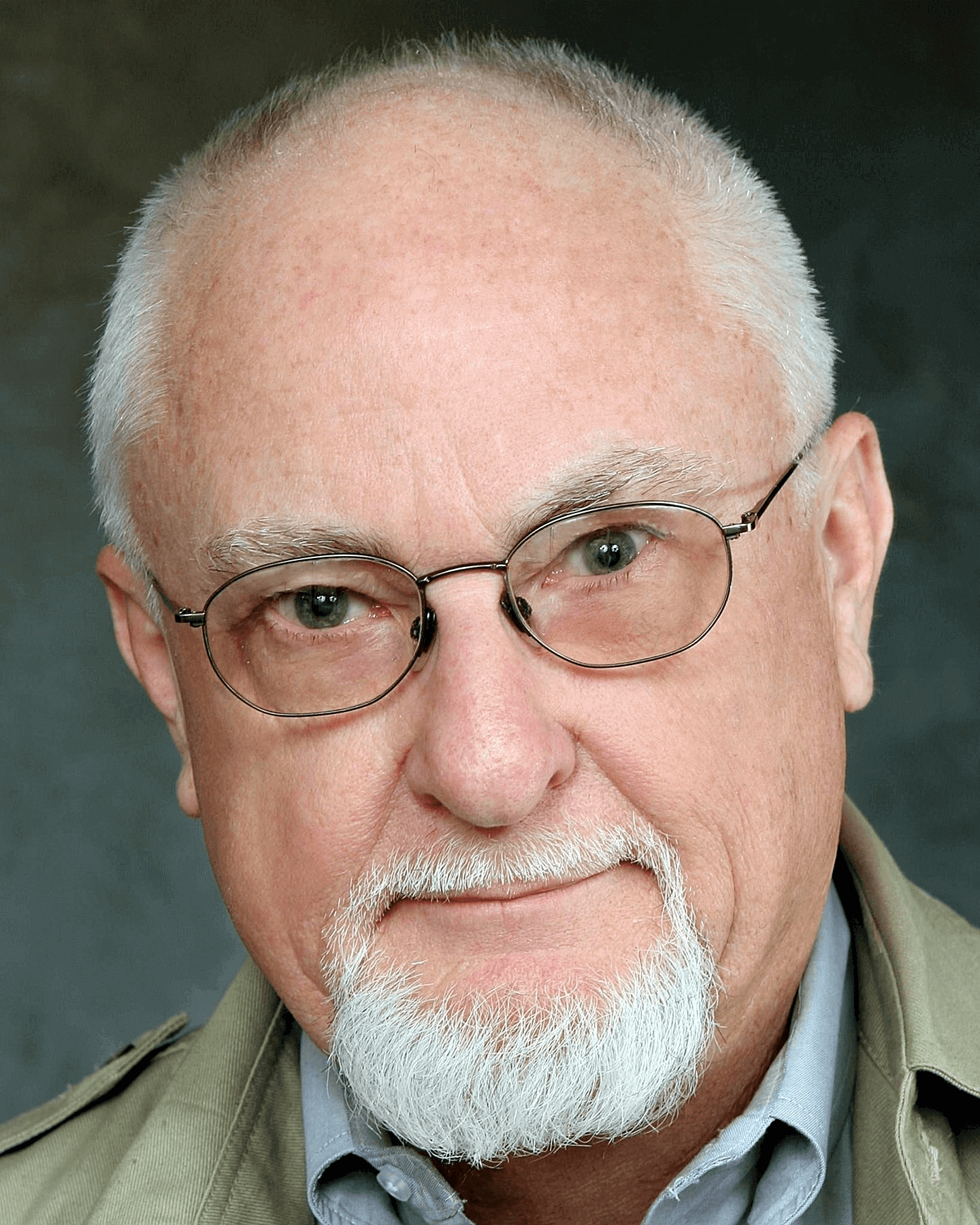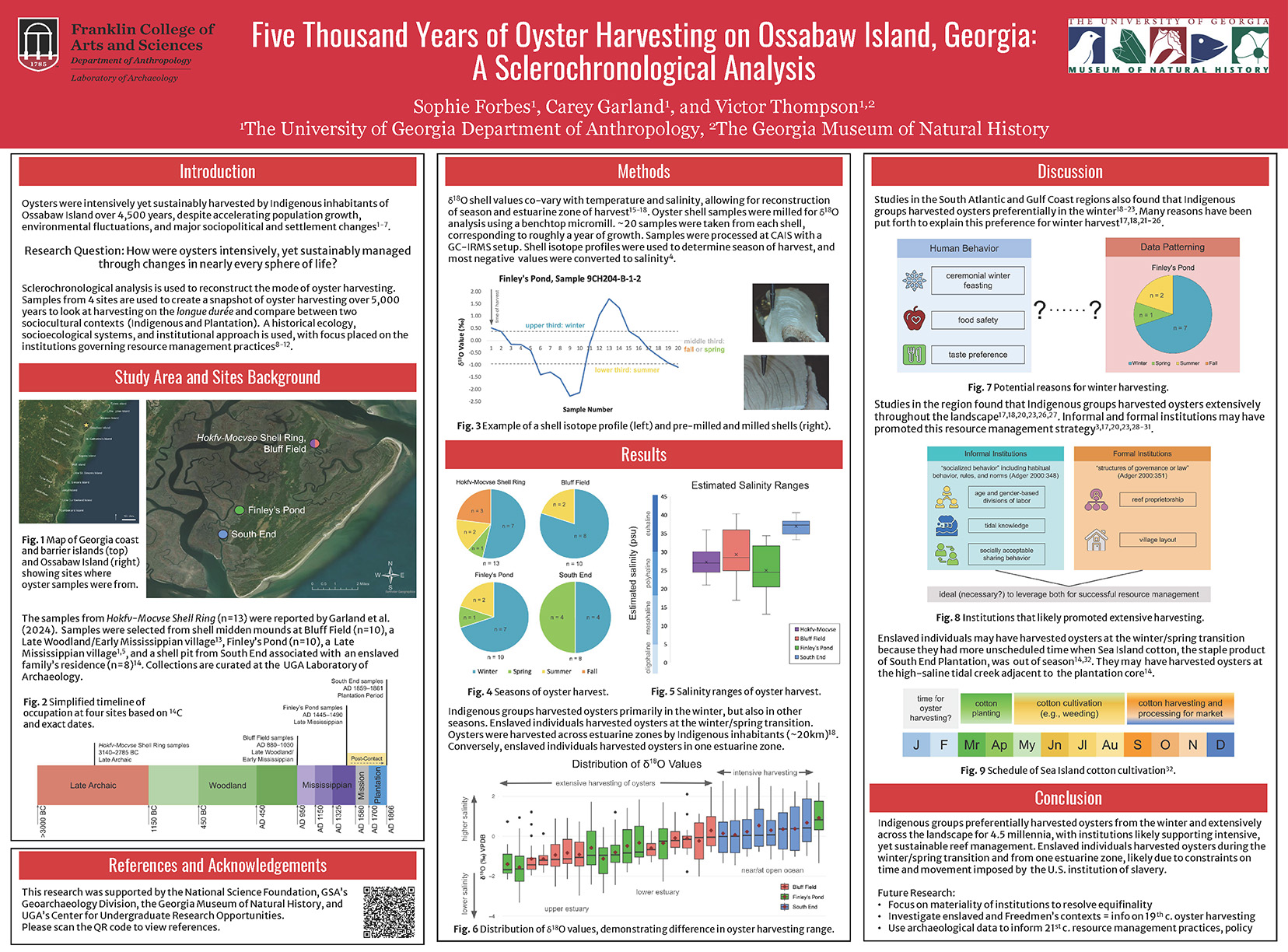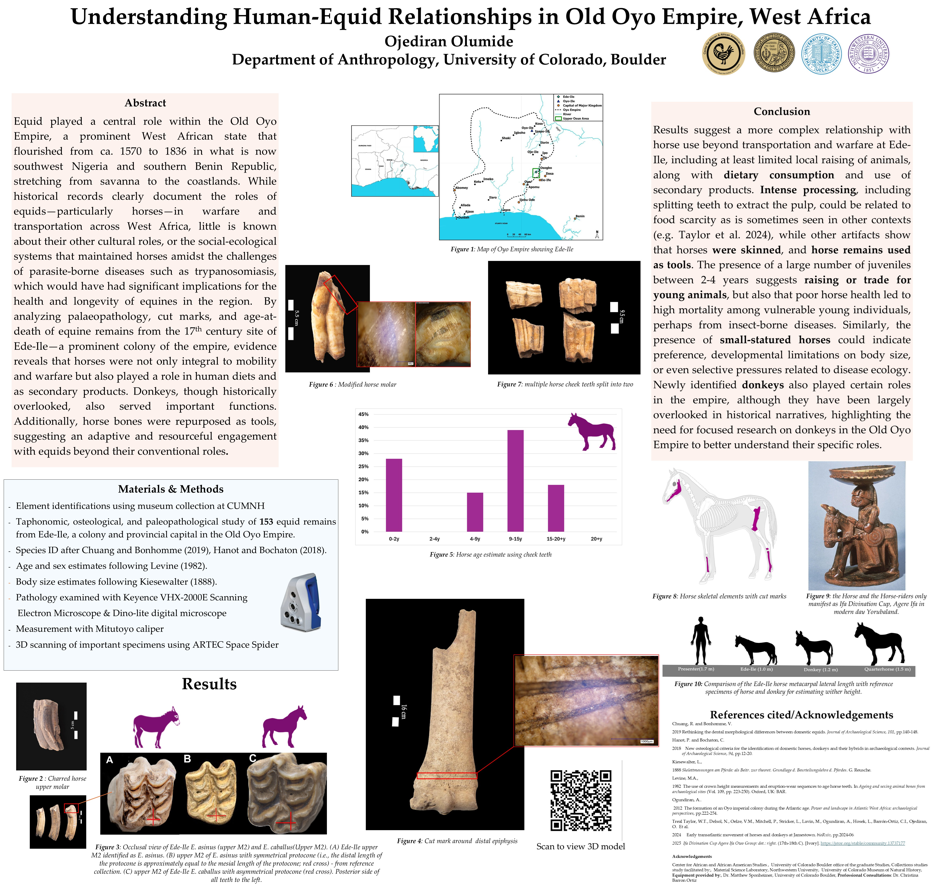General Information
 The SAS has a longstanding program of awards for outstanding student conference posters in the realm of archaeometry. The prestigious R.E. Taylor Student Poster Award acknowledges innovative student contributions to archaeological research through the use of scientific methods, and has enhanced the careers of prominent young scholars and professionals for more than two decades. The award is named in honor of Professor Emeritus R. Ervin Taylor of the University of California at Riverside for his outstanding contributions in the development and application of radiocarbon dating in archaeological research and his dedication to the founding of The Society for Archaeological Sciences, his leading role as President (1980) and General Secretary (1981-2002) of the Society, and his committed service as Editor of the SAS Bulletin. Professor Taylor's many valuable contributions were recognized by the Society of American Archaeology in 2004 with the Fryxell Award for Interdisciplinary Research.
The SAS has a longstanding program of awards for outstanding student conference posters in the realm of archaeometry. The prestigious R.E. Taylor Student Poster Award acknowledges innovative student contributions to archaeological research through the use of scientific methods, and has enhanced the careers of prominent young scholars and professionals for more than two decades. The award is named in honor of Professor Emeritus R. Ervin Taylor of the University of California at Riverside for his outstanding contributions in the development and application of radiocarbon dating in archaeological research and his dedication to the founding of The Society for Archaeological Sciences, his leading role as President (1980) and General Secretary (1981-2002) of the Society, and his committed service as Editor of the SAS Bulletin. Professor Taylor's many valuable contributions were recognized by the Society of American Archaeology in 2004 with the Fryxell Award for Interdisciplinary Research.
These awards are typically given yearly at the Society for American Archaeology annual meeting and every other year at the International Symposium on Archaeometry. In some years poster or presentation competitions are administered by SAS at other conferences under the R.E. Taylor program or through SAS sponsorship of awards judged by the conference organizers. Event organizers interested in an SAS-sponsored award should review our co-sponsorship guidelines and contact SAS as far in advance of the event as possible.
R. E. Taylor Student Poster Award Competition at the 90th SAA Annual Meeting
The Society for Archaeological Sciences invites applications for the R.E. Taylor Poster Award at the 90th Annual Meeting of the Society for American Archaeology in Denver, Colorado. The award consists of $200 USD and a complimentary 2024 SAS membership. A runner-up prize will include $100 USD and SAS membership. Both winners are expected to provide the SAS with a ~500 word extended abstract based on their poster for publication on the SAS News webpage. The Society will further publicize the winners and their research via social media.
Entries will be judged on the significance of the archaeological problem, appropriateness of the methods used, soundness of conclusions, quality of the poster display, and oral presentation of the poster by the student, who should be the first author in order to be considered. Students should submit an email application to Tatsuya Murakami (
Good luck to everyone!
2025 R.E. Taylor Award Recipient: 90th Annual Meeting of the Society for American Archaeology in Denver, Colorado
Sophie Forbes (The University of Georgia): Five Thousand Years of Oyster Harvesting on Ossabaw Island, Georgia: A Sclerochronological Analysis
This research project seeks to understand how Indigenous and postcontact inhabitants of Ossabaw Island harvested a key coastal resource over 5,000 years from the earliest year-round inhabitation during the Late Archaic (ca. 3000 BCE) to the Plantation period (ca. AD 1850). Here we present the results of incremental oxygen isotope analysis on eastern oysters (Crassostrea virginica) from the Hokfv-Mocvse Shell Ring, Bluff Field, Finley’s Pond, and South End sites. This method provides a way to determine if oyster harvesting patterns changed through time via people’s preference for collection during specific seasons as well as their selection for different habitats of harvest. Comparison of this study with others in the region show that oyster harvesting primarily in colder months and extensive oyster harvesting across estuarineenvironments is common at Indigenous sites throughout the Georgia Bight from the Late Archaic into the Mississippian. Conversely, during the Plantation period, enslaved individuals harvested oysters from the spring and winter and likely from a single high salinity environment.

Olumide Ojediran (University of Colorado Boulder) Understanding Human-Equid Relationships in Old Oyo Empire, West Africa
Equid played a central role within the Old Oyo Empire, a prominent West African state that flourished from ca. 1570 to 1836 in what is now southwest Nigeria and southern Benin Republic, stretching from savanna to the coastlands. While historical records clearly document the roles of equids-particularly horses-in warfare and transportation across West Africa, little is known about their other cultural roles, or the social-ecological systems that maintained horses amidst the challenges of parasite-borne diseases such as trypanosomiasis, which would have had significant implications for the health and longevity of equines in the region. By analyzing palaeopathology, cut marks, and age-at-death of equine remains from the 17th century site of Ede-Ile-a prominent colony of the empire, evidence reveals that horses were not only integral to mobility and warfare but also played a role in human diets and as secondary products. Donkeys, though historically overlooked, also served important functions. Additionally, horse bones were repurposed as tools, suggesting an adaptive and resourceful engagement with equids beyond their conventional roles.


